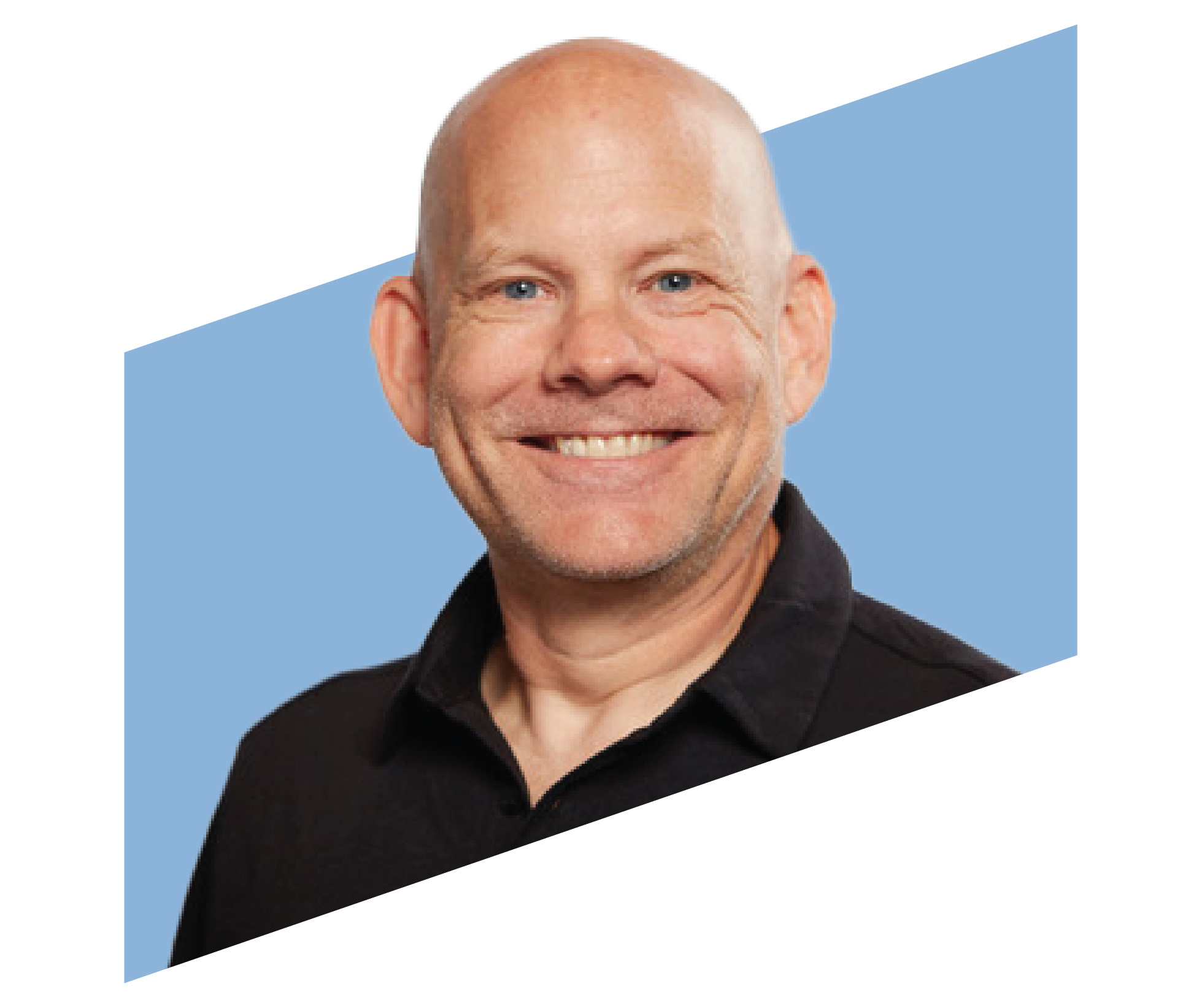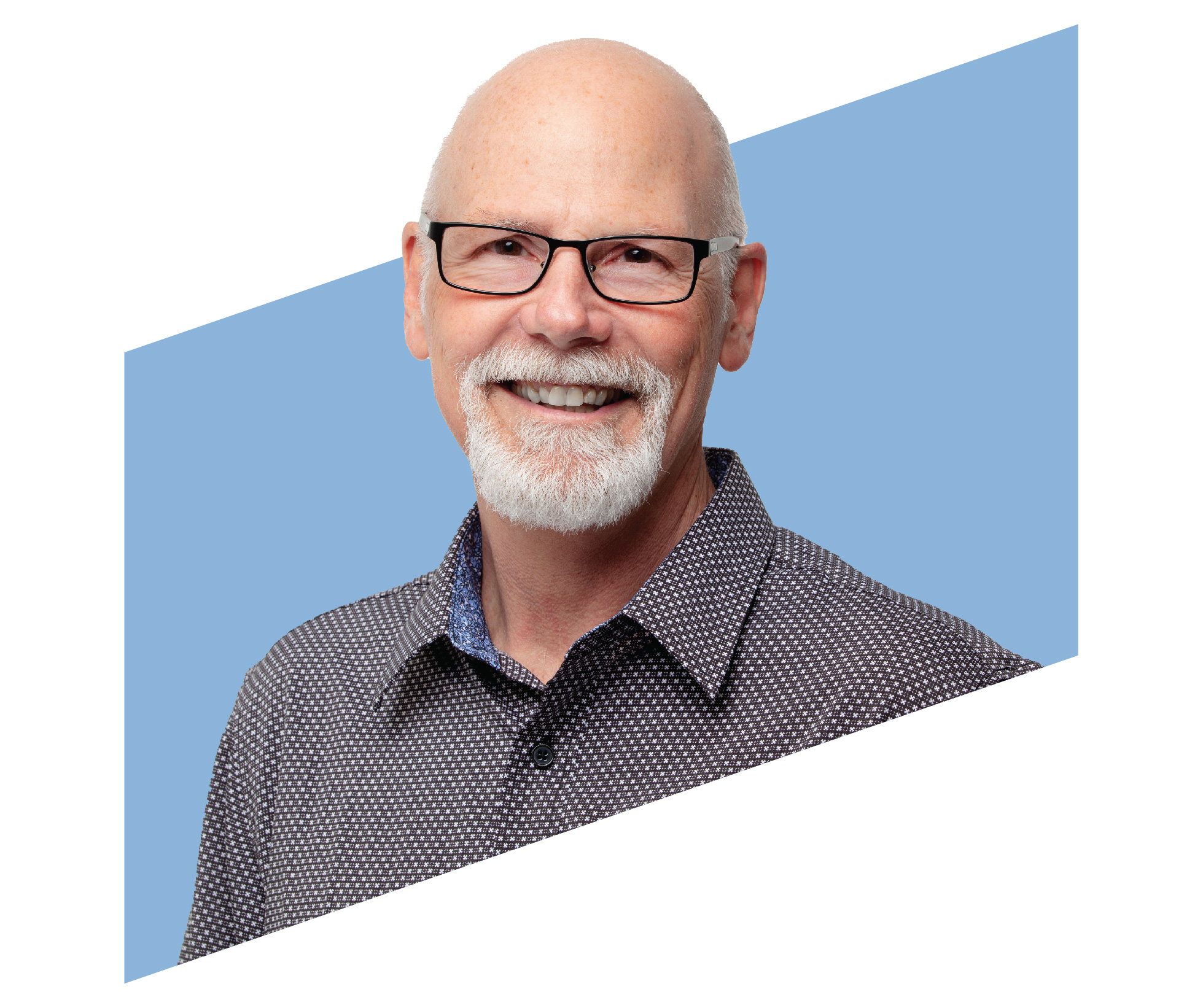About The Event
BLUEPRINT 4D has taken the place of the annually attended Oracle User Group conference, Collaborate (formerly held by IOUG, OATUG, and Quest Community).
Make plans to join us for BLUEPRINT 4D, taking place in Las Vegas and online June 6 – 9th, 2022. The hybrid event format is designed to provide an optimal experience for customer participation and engagement both in person and digitally for a truly global event. This global Oracle customer event keeps you in the loop and up to date on the latest technology insights and product advancements for JD Edwards, PeopleSoft, Oracle Cloud apps and Oracle Database & Technology!
-
Day 1 of Blueprint 4D
6 June 2022 -
Day 2 of Blueprint 4D
7 June 2022 -
Day 3 of Bluprint 4D
8 Jun 2022 -
Day 4 of Bluprint 4D
9 Jun 2022
Room 207
Workshop: A Hands-on Introduction To Applied Machine Learning For The DBA
There is lots of talk about how everyone is being impacted by machine learning. But how can those of us in IT use machine learning (ML) in our work? Instead of TALKING about the two most common ML applications (anomaly detection and performance prediction), in this workshop we are going to build two simple but powerful Oracle Average Active Session (AAS) prediction systems. For our first hands-on workshop project, we will focus on ML use cases for IT, the applied ML process, ML algorithms focusing on decision trees and their evaluation. Our project will result in a supervised ML decision tree model that is train and evaluated, and the predicted and actual AAS values charted. For our second hands-on workshop project, we will focus on features and selecting the best features, time-series data and multivariate stepping/windowing. Our project will continually poll for new v$sysmetric data. As soon as new data is available, the data is queried, processed, presented to a decision tree algorithm resulting in a trained decision tree model. The model then makes a prediction, and both the predicted and actual values plotted... in real-time! After these two projects, you will be in a position to begin your ML journey, including what skills you need to develop, the resources available and how ML can be embedded into your systems. All you need is a laptop, an internet connection, and a Gmail account. We will be working in the free Google Colab environment, so no software will be downloaded onto your system! Plus, OraPub will provide you with all the needed data. And most importantly, you DO NOT need to know Python! All the code has been written for you. Let the journey begin!
-
Learning Objective 1: Learn key machine learning terms and concepts, plus how DBAs can use machine learning in their work.
-
Learning Objective 2: Explore and gain experience while working with an industry-standard ML framework and notebook development environment, plus while using real Oracle performance data.
-
Learning Objective 3: Gain skills and confidence enabling you to independently continue your applied ML journey.
Room 206
Oracle MAA Special Interest Group (SIG) Meeting
The Maximum Availability Architecture Special Interest Group (MAA SIG), formerly the RAC SIG, is a squad of volunteers dedicated to providing ultimate support to Oracle MAA users. Interact, learn, & join the global network of Oracle MAA users to upscale your technical knowledge of Oracle MAA technologies. At MAA SIG, we are focused on providing a great platform to educate and inform current Oracle MAA SIG users through virtual events, e-resources, webinars, visual presentations, conferences, and more. If you are using any of the Oracle MAA features, then this group is for you! Maximum Availability Architecture includes but is not limited to Real Application Clusters (RAC), Data Guard, Active Data Guard, GoldenGate, Sharding, Recovery Manager (RMAN), Flashback, ZDLRA, etc.
Room 206
Converged Database & the Modern Data Platform is Oracle’s Best kept Secret
Room 206
How To Find The “Top Anything” Using Raw ASH Data
Have you ever been asked a “top anything” question? Questions like, “Hey Craig, what is the top [insert stat here]…?” For instance, the DB Time SQL by hour, top hour with the most active session, top CPU consuming execution plan, top module for this SQL_ID, top SQL_ID when waiting on db file sequential reads, top IO activity day of the week, top hard parse hour, top hard parse day last June, top hard parse force matching signature, and the top row lock hour regardless of the date or the day. This list goes on and on. The SQL I’ll use to demonstrate how to answer all these questions is simple and only eight short lines. It aggressively uses ASH’s sample nature, SQL*Plus defines and your understanding of how Oracle works. The result is we can do deep analysis we normally would not think is possible…even with ASH. Truly, it’s the most important SQL statement I have ever written. Join me as we explore how to creatively and aggressively use raw ASH data to answer traditionally difficult but incredibly important Oracle and application performance questions.
Virtual via PheedLoop
Converged Database & the Modern Data Platform is Oracle's Best kept Secret
This presentation will focus on the Oracle Database's ability to manage different types of data efficiently. We also show how Converged DB plays a part in the Modern Data Platform (Lakehouse, Data Mesh, etc.). As we move into the future, the efficiency of Oracle in using InMemory, MachineLearning, Exadata, Documents, JSON, XML...etc. will be their main strength. Converged Database strategy makes it simple to satisfy these demands. Join ACE Directors Nitin Vengurlekar, Rich Niemiec and Jim Czuprynski as they explore the facets of Converged Database from the perspectives of CEO, CIO, and DBA, and what it means for your career’s future path. Fortunately, Oracle’s Converged Database strategy makes it simple to satisfy these demands.
- Learning Objective 1: Learn why converged database is the future
- Learning Objective 2: Learn advantages of converged database
- Learning Objective 3: Learn why in a machine learning world, converged database is paramount.
Room 206
Introducing Oracle Autoupgrade
You may have heard about Autoupgrade—how it can upgrade dozens or hundreds of databases, run unattended or scheduled upgrades, identify and automatically fix problems, and automate pre- and post-upgrade steps. You may have also heard: “Autoupgrade is only for large environments” “Configuring Autoupgrade is time-consuming and challenging.” “Only a limited set of upgrade paths are supported.” “It’s hard to use and slow.” “It can’t migrate non-container databases and forces you to migrate to pluggable databases.” “It’s still experimental.” In reality, Autoupgrade simplifies and streamlines upgrades for one or dozens of databases. It’s easy to use and configure, fast and flexible. If Autoupgrade encounters a problem it can’t fix automatically, the process of identifying, fixing, and resuming an upgrade is straightforward. This session draws from dozens of real-world upgrades to introduce Autoupgrade and offers practical, tested tips and advice to accelerate and improve your next upgrade. – Why Autoupgrade is the method of choice for upgrading to 12cR2, 18c, 19c, and beyond – Planning and preparing for an Autoupgrade – Preparing a configuration for a single database in under a minute – Autoupgrade capabilities demonstrated, from simple to complex – Dealing with the unexpected, fixing issues, resuming jobs, and recovering from a failed upgrade.
MEET THE SPEAKERS
Viscosity's core expertise includes:
Data Analytics, Oracle Exadata, Oracle Database Appliance, High Availability & Scalability Solutions, Cloud Migrations, Performance Tuning, Data Integrations, AI and Machine Learning, Oracle APEX Development, and technical training.






